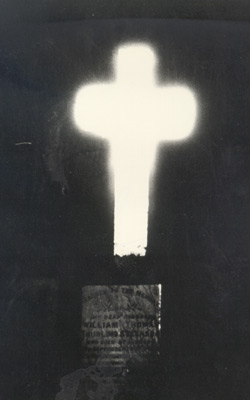By Murray Byfield
Uluru (Ayers Rock) is perhaps Australia’s most internationally recognisable natural landmark and is sometimes referred to as the spiritual heart of Australia.
In geological terms “Uluru is an inselberg, literally “island mountain”. An inselberg is a prominent isolated residual knob or hill that rises abruptly from and is surrounded by extensive and relatively flat erosion lowlands in a hot, dry region.” – Wikipedia.
The word Uluru does not mean “Island Mountain”.
It is sometimes referred to as a monolith but this is a term often avoided by geologists.
The material of Uluru is mainly a type of sandstone called arkose. Which includes feldspars and some conglomerates.
The name Uluru has no specific meaning and is a Yankunytjatjara word. Yankunytjatjara is the name of the local indigenous people of the land where Uluru sits. Uluru does not just refer to the rock but to the area and the people of where the rock is located.
Uluru as a whole is considered a sacred site yet there are many sacred sites on and around Uluru itself. To an indigenous Australian if a place is considered sacred there are often rules on who can visit particular areas. Which means that some places at Uluru can only be visited by initiated men and indigenous women.
Climbing or walking on Uluru is strongly discouraged by the Yankunytjatjara people and was officially banned in October 2019. Taking photographs is also strongly discouraged.
The Curse?
As Uluru is World Heritage Site it attracts tourists in the numbers of over 400 000 people a year from all over the world. And because tourists like a bring a little souvenir from their travels many have pocketed up a piece of rock or a scoop of sand from Uluru and taken them home.
A strange phenomenon has occurred in the last 20 or so years where pieces of Uluru and have inexplicably turning up in the mail sent back to the park with short letters apologizing for taking the stones and sand from their rightful place. Apparently letters arrive on a daily basis every year kilograms of rock and sand are returned. The have been given the name “Sorry rocks”.
It appears that many people after absconding with the artefacts start to have a run of back luck!
The largest stone to be returned was a whopping 7.5 kg which was returned from Germany. Other tourist do not even get to leave the country before either the guilt or the bad luck hits them. And are posted back before they leave to go home.
One example is a Frenchman who in 2004 stole two pieces of stone from Uluru he handed them back to the National Museum of Australia in Canberra after a series of unfortunate events including having his car broken into and his backpack stolen.
Jasmine Foxlee a social researcher at the University of Western Sydney says: “This phenomenon of returning rocks and sand is possibly the most important and impressive example of this kind of activity anywhere in the world.”
Is there a curse of Uluru? Are people simply superstitious or guilt ridden? Perhaps it is suggestion from the Indigenous beliefs that the rock is “sacred” and should be respected?
Indigenous Australians have animistic view of the world where everything has and energy or is alive.
Perhaps it is simply the spirit of the stone needing to return home?
Sources:
Wikipedia
http://traveloutbackaustralia.com/uluru-aboriginal-name.html/
Haunted and Mysterious Australia – by Tim the Yowie Man (New Holland Books).

